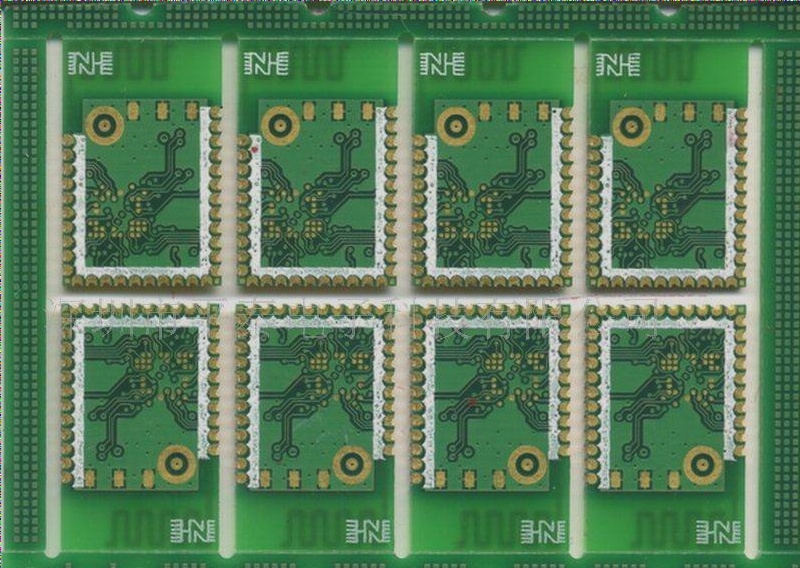In order to meet today’s stringent technical standards, the surface condition of PCB boards is an exceptionally critical factor. Consequently, manufacturers across various countries invest significant time and resources to enhance the metal surface through methods such as deburring, cleaning, brushing, and grinding.
Among all materials for surface treatment, non-woven products demonstrate the most effective results. When employed for various polishing, brushing, and deburring tasks, non-woven materials offer advantages including high strength, excellent durability, and an extended service life. Their plasticity is particularly suited for board surfaces with more complex geometries. Non-woven materials can deliver the uniform polishing, brushing, and aesthetic qualities that many products require. The remarkable performance of non-woven materials is attributed to their rebound and open web structure, which enables cold-state operation, thereby preventing warpage and surface deformation of the PCB.
1. An abrasive analysis of the grinding wheels currently in use can be categorized into six types:
1. In the abrasive series, grinding wheels possess the highest cutting capability. They are specifically designed for grinding materials and can quickly remove larger defects from even the hardest surfaces.
2. Emery cloth or sandpaper is perhaps the most commonly utilized abrasive form. It finds application not only in metal processing but also in other areas (such as plastic surface treatment) and provides effective polishing results.
3. Steel wire wheels are employed to address significant defects on metal surfaces.
4. Nylon fiber brushes are utilized for treating minor defects or oxide films present on metal surfaces.
5. Polishing cloth wheels are capable of removing a small amount of metal and can achieve a mirror-like finish.

6. Non-woven abrasives are an excellent choice for controlling material removal and surface cleaning. Abrasive particles are adhered to the surface of synthetic circular columns, allowing for deburring or brushing of the plate at varying speeds to achieve effective pretreatment. This is the ultimate objective.
Two, cleaning and brushing
In the PCB printed circuit board manufacturing process, quartz sand is the most commonly utilized material. There are four distinct types and sizes of quartz sand used for cleaning and brushing applications. Quartz sand is composed of alumina, silicon carbide, aluminum silicate, talc, among others. These materials are transformed into various products, including cleaning and brushing rollers, as well as PCB circuit board brushes.
Third, wheel surface speed
The surface speed of the wheel is a critical factor, with higher speeds yielding better surface conditions. Specifically, using a high wheel speed is ideal for removing burrs created after drilling. However, excessive wheel speed can lead to overheating of the surface being brushed, which can diminish product lifespan and result in scrapping.
Fourth, pressurization
During the deburring process, appropriate pressure must be applied based on the thickness of the board and the copper foil. Too much pressure can shorten product life. The principle of pressurization should consider the condition and requirements of the board, using the minimal pressure necessary to achieve the desired technical effect.




